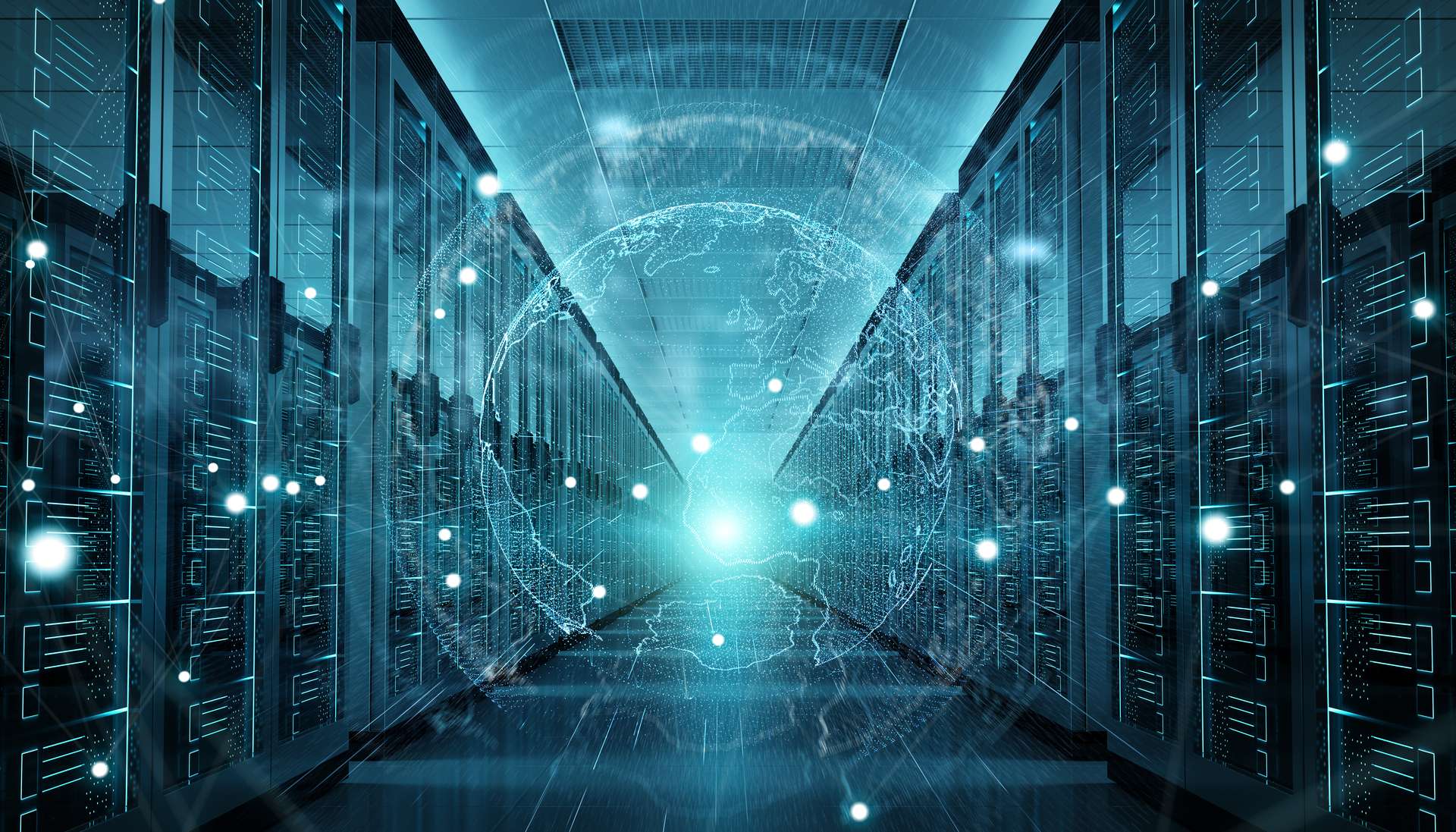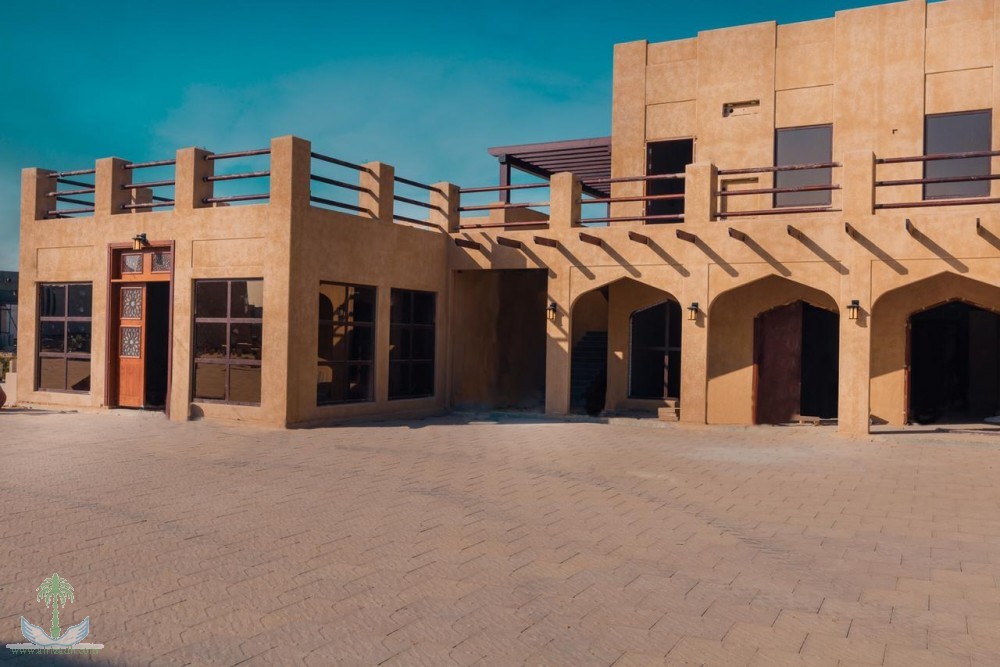
Beat the Heat in Your Data Centre with AI-Driven Cooling Innovations
Data centers are the foundation of today’s digital world, powering everything from cloud computing to AI. But this immense capability comes at a cost - substantial energy consumption, much of it tied to cooling systems. As demand for computing grows, so too does the urgency to find more efficient, sustainable solutions.
AI is shifting the energy narrative, driving smarter, leaner consumption
Data centers account for about 1% of the world’s total energy consumption, according to the International Energy Agency. With the rapid growth of AI, edge computing, and 5G networks, this figure is expected to rise. Cooling systems alone can consume 30-40% of a data center’s energy, making them an essential area for improvement.
AI is changing this narrative by introducing intelligent, adaptable, and automated solutions that optimize system performance while minimizing energy consumption. One major application is energy efficiency optimization. As AI workloads increase, data centers face rising energy demands and associated emissions. According to Arizton, there are 33 operational data centers in Saudi Arabia, and 41 more facilities underway, with Saudi Arabia contributing to over 22.3% of the total power capacity added by data center operations in the Middle East.
AI-driven systems also respond to external environmental conditions in real time. They adjust cooling strategies based on current weather, humidity, and temperature, maintaining efficiency while adapting to changing surroundings. This flexibility helps data centers meet sustainability targets without compromising computing performance.
Cooling solutions: From air to liquid and beyond
To meet evolving demands, data centers are embracing a mix of cooling solutions:
1. Air Cooling: Air cooling, a traditional method, uses fans, heat sinks, and air circulation to dissipate heat from crucial server components like processors and memory. Data centers have traditionally used air flow to cool servers; approximately 99 percent of data centers still use this approach in one form or another.1 Advanced techniques like hot/cold aisle configurations and intelligent fan zoning help optimize airflow and reduce energy use. It is cost-effective, easy to maintain, and widely compatible with most standard servers and racks, making it a convenient option. However, it is less energy-efficient, struggles to scale with high-density AI workloads, and heavily relies on HVAC systems, which can increase electricity consumption and carbon emissions. While suitable for many setups, air cooling may fall short as computational demands rise, often prompting a shift to more advanced solutions.
A great example of this is the Dell AI Factory. Purpose-built to support high-performance AI workloads, the facility integrates advanced hybrid cooling technologies including Dell’s industry-first PowerCool Enclosed Rear Door Heat Exchanger (eRDHx). This self-contained solution captures 100% of IT-generated heat and reduces cooling energy costs by up to 60%, while supporting air cooling of up to 80 kW per rack. Combined with factory-integrated IR7000 racks and support for warmer water temperatures, the system minimizes reliance on expensive chillers and increases data center capacity by 16% without additional power consumption. In a region with demanding climate conditions, Dell’s AI Factory exemplifies how localized, energy-efficient cooling innovations can enable sustainable, scalable AI infrastructure.
2. Liquid cooling: Direct liquid cooling (DLC) uses small heat exchangers, known as cold plates, to deliver liquid directly to heat-generating components, leveraging liquid’s superior thermal conductivity to efficiently dissipate heat. It supports higher-density server configurations, reduces noise by minimizing fan use, and handles increased thermal loads with lower energy spikes. According to PWC, the Middle East is set to triple its data center capacity to 3.3GW by 2030, driven by AI, cloud growth, and rising digital demand. GCC nations are leading this surge, backed by strategic policies and major global and regional investments.
Dell’s DLC enabled servers like the Dell PowerEdge XE9680L employs liquid cooling directly within critical components like CPUs and GPUs. Data center liquid cooling solutions reduce cooling energy consumption by 40 - 50% and improve power usage effectiveness (PUE).3
3. Hybrid Cooling solutions with Integrated Rack Scalable Systems: Hybrid cooling combines elements of both air and liquid cooling systems. It involves direct-to-chip liquid cooling for high-priority components (like CPUs or GPUs) along with air cooling to manage ambient temperature and cool other components like memory. Even DLC-enabled racks of dense compute can generate intense air heat loads up to 80 kW per rack.
Traditional air-cooling approaches limit rack density and create space and power challenges, even with direct liquid cooling on CPUs and GPUs. Standard industry rear door heat exchangers rely on cold water from a power-hungry refrigerated chiller system to extract heat from the air before blowing chilled air into data centers.
Placing cold plates on additional server components can be done in a 100% DLC system, but that increases costs, dramatically reduces serviceability and configurability, and means that all the cooling system components must be replaced with each generation of new hardware.
The IR7000 is a Dell-engineered, multi-generational rack infrastructure based on the OCP standard Orv3 rack design, with additional enhancements that support a hybrid cooled infrastructure. With the addition of the new, industry-first Dell PowerCool Enclosed Rear Door Heat Exchanger (eRDHx) technology, the system captures 100% of IT heat to liquid by leveraging both direct-to-chip liquid cooling integrated into the IR7000 that is delivered by blind-mate quick disconnects, and heat to liquid for all remaining components.
Instead of sending cooled air out into the environment, the eRDHx uses unique high-performance fans to recirculate now-cooler air back to the front of the rack for continuous cooling. By completely enclosing rack airflow and recycling the air through the side channels of the IR7000, the eRDHx can operate at warmer water temperatures than standard RDHx. This increase in water temperature eliminates reliance on refrigeration systems to cool water, reducing cooling power consumption up to 60% versus other DLC racks with rear door heat exchangers.
AI and cooling: A smarter approach to energy efficiency
The demands on data centers are only growing, and so is the need for innovative cooling solutions. By adopting AI-powered cooling strategies, businesses can reduce energy consumption, cut operational costs, and meet their sustainability goals without compromising performance. Now is the time to embrace smarter, AI enabled technologies that ensure data centers can power our digital world responsibly.
Sources:
1 Based on Dell analysis in April 2025. Assumes 36°C facility water supply and ASHRAE A3 inlet server air compared to 20°C facility water supply and ASHRAE A3 inlet server air. Actual savings will vary.
2 Research and Markets: Europe Data Center Liquid Cooling Market Analysis and Forecast, 2024-2034.
3 MarketsandMarkets™ Data center Liquid Cooling Global Forecast to 2027, May 2022.

Osama Obeidat, Director, Energy Sector, Saudi Arabia and Bahrain








